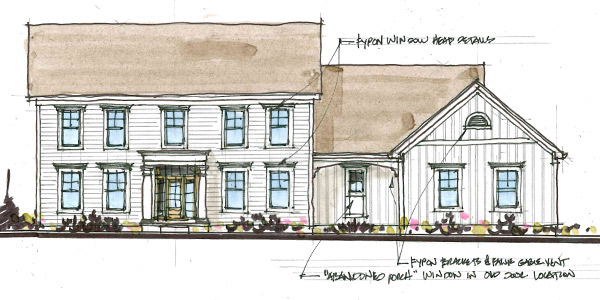You’ve decided you’re ready to build a new home or maybe you’re ready to redesign a room or rooms in your existing home. Our designers here at RDS are very skilled when designing rooms and new homes, but there are some things we would love for you to do before meeting with us for your first design appointment.
Start With Measuring:
When you meet with us and say, “I want a large Master Suite, or Bathroom, or Great Room”, we’re going to ask you what large means to you. So start by measuring your existing room(s) to see what we have to work with, and how much you might want to add or change (if possible). If you’re starting with a new home, go outside where you have space and measure out what you’re thinking, or go into that room you love in your friend’s house and measure the room. Having an idea of the size of your current rooms, or what your dream sized room or home might be will help us understand your vision.
We Love Photos:
“Every picture has a story to tell” and while we love seeing photos of your children, we really want to see photos of the rooms you want to change and photos of rooms you’ve fallen in love with for a new home or redesigned space. When you meet with us the first time, having photos of the rooms in your home that you want to redesign, gives us a first look. In the same vein, having those inspiration photos from Houzz, Pinterest, your favorite sites, and actual photos, helps us to understand your vision. The more photos the better, they give us more insight into your dreams, making it easier for us to make them your reality.
Our First Meeting:
If you’re planning a new build, we’ll meet with you at the office so we can get to know your needs and wants, answer and ask questions, and check out those inspirational photos. If you are remodeling, we typically first meet at your home, giving us a first-hand look at the space and your vision for transforming it.
Our designers can’t wait to meet with you, see your photos (including the ones of your kids!), and get the process started to redesign your existing rooms or help you create your new home.













